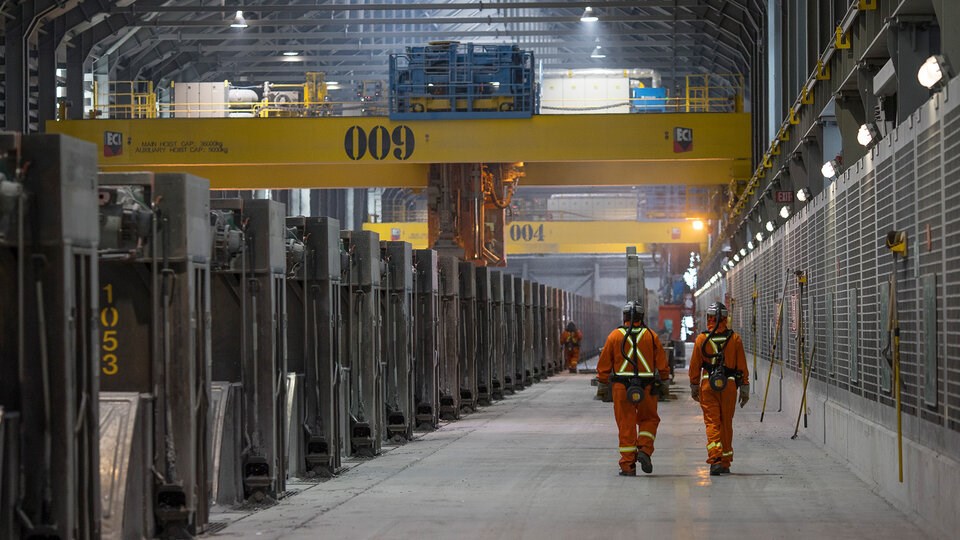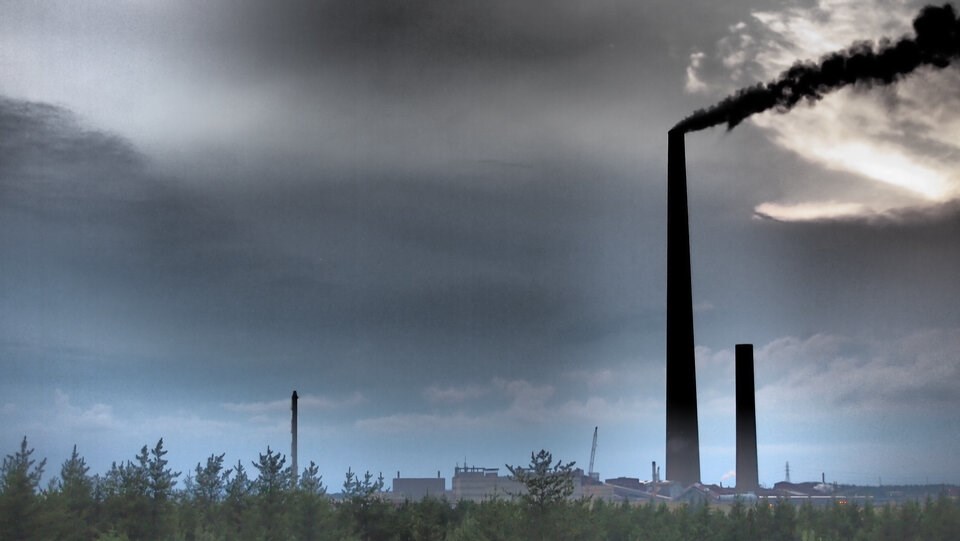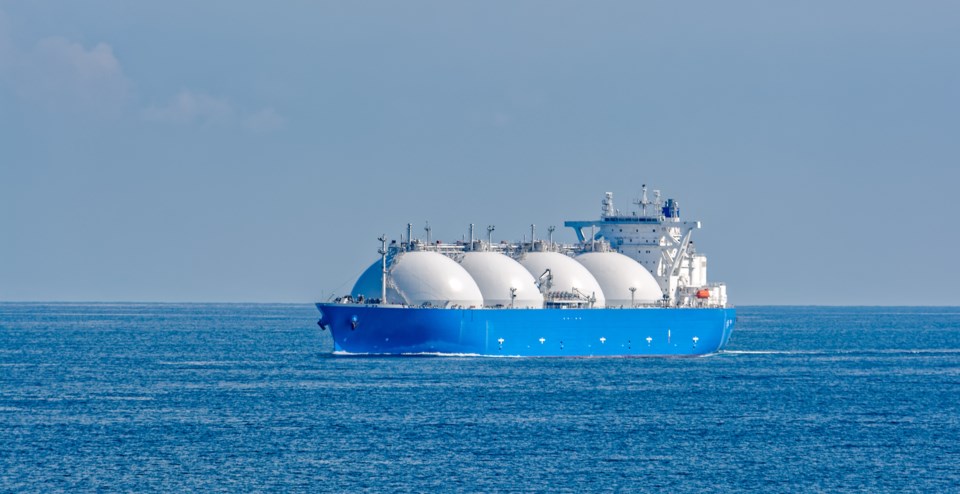Put more than a dozen experts on climate change in a room and you’ll find debate on about just about everything.
But ask them what Canada’s single most important climate policy is, and the results are surprisingly consistent: Nothing comes close to the industrial price on carbon.
BIV reached out to 15 leading economists and climate change researchers across Canada. Of the 14 who responded, 12 agreed pricing industry’s pollution has proved the most effective way to drop Canada’s carbon footprint.
Several experts pointed out the policy does not sacrifice international competitiveness, a crucial feature as the country faces economic upheaval.
Dale Beugin, who oversees research at the Canadian Climate Institute, said he and his colleagues recently found industrial carbon pricing is expected to drive a third of all of Canada’s emission reductions over the next five years.
That amounts to three times the emissions that were expected to be eliminated under the now defunct consumer price on carbon — all at a cost that Beugin said rarely filters down to consumers.
“It’s imposing costs of something like a Timbit per barrel for oil,” said Beugin.

Slightly different in each province, the policy works by setting limits on how much industry can pollute. Any emissions over that limit require companies to pay into a fund that subsidizes projects to reduce emissions further. Those who drop emissions below the cap get credits they can either redeem for cash or sell to other high emitters.
The policy had received widespread support from governments and industry until last month. That’s when the CEOs of several of Canada’s largest oil and gas companies flipped their position to oppose the national backstop — a program that directly administers the pricing system in Manitoba, Prince Edward Island, Nunavut and Yukon.
All other provinces run their own programs under federal guidelines. But some worry ending support for the program at a federal level would influence provincially run programs.
If elected, Conservative leader Pierre Poilievre said he would scrap the federal backstop. The Liberals, Greens and NDP have all supported industrial carbon pricing.
Kathryn Harrison, a climate policy researcher at the University of British Columbia, said Canada’s industrial price on carbon — also known as an output-based carbon pricing or cap and trade system — has its problems.
She said it would benefit from better industrial sector benchmarks and increased transparency. But overall, nothing comes close to its effectiveness in reducing emissions while improving industrial competitiveness, Harrison said.
Nancy Olewiler, the director of Simon Fraser University’s School of Public Policy, said it’s no surprise the industrial carbon pricing policy is having the biggest impact.
“It’s logical it’s industrial. They’re the ones emitting more than you or me,” she said.
Understanding industrial carbon pricing
Big industrial polluters that exceed their cap under Canada’s industrial carbon pricing system are hit with an eight to 12 per cent levy. But that only applies to carbon released above the limit.
Those who reduce their emissions receive credits currently worth about $30 per tonne. Those can be sold for cash on an open market to high emitters so they can cover their carbon pollution.
Dave Sawyer, the principal economist with the Canadian Climate Institute, recently calculated that in Alberta alone, companies have banked $5 billion in credits. If the industrial price of carbon were eliminated, those assets would be wiped off the books.

The prospect of credits has also attracted billions of dollars of investment into Canada. Nationally, at least $57 billion worth of projects have received investment with the expectation that carbon credits are available, and that reducing emissions is valuable, said Beugin.
“If that assumption changes, then there’s physical assets at risk of being devalued,” he said.
The industrial price on carbon helps bankroll everything from small-scale agricultural projects to big investments in green energy projects, heavy industry, and decarbonization programs to make pulp mills and steel plants more efficient and more competitive.
“It doesn’t require public dollars. It’s all about sending a signal to private dollars that low carbon is valuable and should be valuable,” Beugin said. “You want to be creating the conditions for investing in Canada… create that environment where it’s possible to build the new low carbon industries that are going to be a driver of growth in the future.”
Policy offers carve outs for high emitters, those vulnerable to trade
Industrial carbon pricing also offers free allowances to companies that have high emissions and are exposed to international trade.
The idea is to keep them competitive with foreign firms, said Erik Haites, an economist with Margaree Consultants Inc. and an author of several United Nations Intergovernmental Panel on Climate Change (IPCC) reports.
Haites agreed with Harrison that Canada’s output-based system has transparency problems, especially around prices and compliance status.
He also pointed to dozens of studies in Europe and some in Canada that have shown no evidence that industrial carbon pricing is making firms any less competitive.
“They work. The Canadian system could work better,” he said. “But you have to consider the alternative.”
“We have to implement policies that don’t destroy the competitiveness of our firms vulnerable to international trade.”
Werner Antweiler, an energy economist at the University of British Columbia, said industrial carbon pricing is “a very smart way” to ensure you’re not imposing a burden on industry overall but allowing the leaders to get a bigger market share.
“This is by far the most efficient way to bring about a needed reduction in emissions,” he said. “It’s essentially reshuffling money in the industry and limiting exposure to foreign markets.”
Potential to open up new markets
Several experts told BIV the industrial carbon price could soon open up new foreign markets for Canadian-made goods.
The European Union is in the process of rolling out carbon border adjustments — policies that will place tariffs on products whose manufacturing led to an out-sized release of emissions.
Sawyer analyzed about $3.8 billion in Canadian goods — mostly fabricated steel products — going to Europe. He said they would face up to $100 million in annual tariffs by 2026.

Mark Zacharias, executive director of Clean Energy Canada, said the rise of such policies, and their potential to spread to other countries, was the main reason he supports the output-based system.
“For me it’s industrial carbon pricing for a number of reasons,” Zacharias said, “but primarily that without an industrial carbon price, Canada’s exports will be subject to carbon border adjustments in the EU and increasingly in other markets.”
Another advantage to industrial carbon pricing, said Zacharias, is that Alberta was the first to role out the policy in 2008. Today, most provinces have a system that works for them—making it more politically palatable than some climate policies.
No one climate policy will be enough, agree experts
A minority of experts contacted by BIV said Canada’s biggest moves to combat climate change lay in other policies.
Some suggested Canada’s Clean Electricity Regulation or Zero-Emissions Vehicle Act — which requires all new cars to produce no greenhouse gases by 2040 — would play out-sized roles over the coming decades alongside clean fuel standards.
Some rejected the question entirely, saying it was impossible to choose a single industry when everything from transportation and housing to heavy industry needs attention.
“This feels like having to pick my favourite child,” said Caroline Brouillette, head of Climate Action Network Canada.
Brouillette agreed that the industrial price on carbon has produced the biggest emission reductions. But she said Canada’s Net Zero Emissions Accountability Act, which holds government accountable for climate progress, has had the biggest impact.
No one climate policy will be enough, agree experts
A minority of experts contacted by BIV said Canada’s biggest moves to combat climate change lay in other policies.
Some suggested Canada’s Clean Electricity Regulation or Zero-Emissions Vehicle Act — which requires all new cars to produce no greenhouse gases by 2040 — would play out-sized roles over the coming decades alongside clean fuel standards.
Some rejected the question entirely, saying it was impossible to choose a single industry when everything from transportation and housing to heavy industry needs attention.
“This feels like having to pick my favourite child,” said Caroline Brouillette, head of Climate Action Network Canada.
Brouillette agreed that the industrial price on carbon has produced the biggest emission reductions. But she said Canada’s Net Zero Emissions Accountability Act, which holds government accountable for climate progress, has had the biggest impact.

Holly Caggiano, a UBC assistant professor of climate justice and environmental planning, said the biggest single impact Canadian federal policy will have on climate change is a pending emissions cap on oil and gas production.
Draft regulations recently cleared a public consultation phase. Liberal leader Mark Carney said he would enact the proposed policy if elected, while Conservative leader Pierre Poilievre said he would end it.
Ellie Perkins, a professor of environmental and urban change at York University, said the biggest impacts on climate action have come from outside the government.
She pointed to a 2021 report that found Indigenous resistance had stopped or delayed greenhouse gas pollution equivalent to at least one-quarter of annual U.S. and Canadian emissions.
“Nothing beats Indigenous action,” Perkins said.



